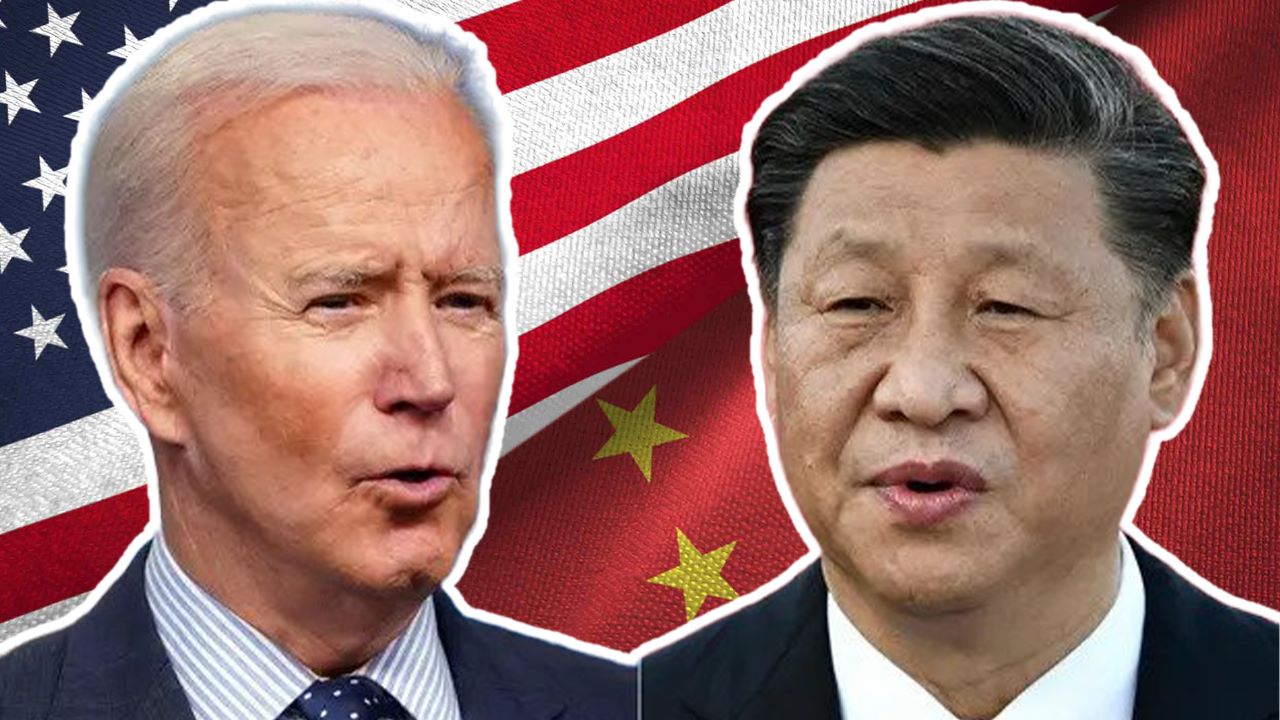If there is a conflict between the US and China, Beijing can plunge America into darkness without firing a single shot. A recent media report indicates that the Chinese military is scaling up its capability to disrupt critical American infrastructure, including power, water, communications, and transportation systems, through hacking into its computer network system.
Russia’s ‘Best Missile’ Fails To Bait Western Air Defenses In Ukraine, But Kyiv Running Out Of SAMs: Report
According to a report in the Washington Post, hackers affiliated with China’s People’s Liberation Army have successfully breached the firewalls of about two dozen critical entities in the last year. These hacking of the vital systems are aimed at sowing “panic and chaos or snarl logistics” in case a US-China conflict breaks out in the Pacific.
This is a considerable departure from earlier Chinese hacks aimed at political and economic espionage in the last decade.
A water utility in Hawaii, a major West Coast port, and one oil and gas pipeline were at the receiving end of the cyber attacks. The report indicates that the hackers attempted to enter into the Texas power grid operator. The only consolation has been that the Texas grid operates independently from electrical systems in the rest of the country.
So far, none of the cyber-attacks damaged any of the critical functions. But the anonymous US officials told the newspaper that the cyber-attacks on Hawaii suggest that in case there is a conflagration in the Pacific region, the Chinese military hackers would cripple the American efforts to deploy ships and troops in the region.
The US government detected a cyber campaign dubbed Volt Typhoon over a year ago. The revelation came when US-China ties plummeted to an all-time low. For over a year, Chinese military commanders refused to talk with their American counterparts despite the close-call intercepts by Chinese fighter jets of US spy planes in the Western Pacific.
Only in November 2023 did President Joe Biden and Chinese President Xi Jinping agree to re-establish communication channels.
“It is obvious that Chinese attempts to compromise critical infrastructure are in part to pre-position themselves to be able to disrupt or destroy that critical infrastructure in the event of a conflict, to either prevent the United States from being able to project power into Asia or to cause societal chaos inside the United States — to affect our decision-making around a crisis,” Brandon Wales, executive director of the Department of Homeland Security’s Cybersecurity and Infrastructure Security Agency (CISA), was quoted by the Washington Post.
Morgan Adamski, director of the National Security Agency’s Cybersecurity Collaboration Center, confirmed in an email that Volt Typhoon activity “appears to be focused on targets within the Indo-Pacific region, including Hawaii.”
The latest media revelation aligns with the annual threat assessment of the Office of the Director of National Intelligence (ODNI) at the beginning of 2023. The evaluation found that “China almost certainly is capable of launching cyber-attacks that could disrupt critical infrastructure services within the US, including against oil and gas pipelines and rail systems.”
The ODNI categorized the threat posed by China as “the broadest, most active, and persistent cyber espionage threat to US Government and private-sector networks.” If Beijing feared that a significant conflict with the United States was imminent, “it almost certainly would consider undertaking aggressive cyber operations against US homeland critical infrastructure and military assets worldwide.
“Such a strike would be designed to deter US military action by impeding US decision-making, inducing societal panic, and interfering with the deployment of US forces,” the intelligence report said.
Joe McReynolds, a China security studies fellow at the Jamestown Foundation, a think tank focused on security issues, has seen the internal documents written by Chinese military officers describing how the cyber tools might be used in case of a conflict. He said military strategists tell synchronizing air and missile strikes with disruption of command-and-control networks, critical infrastructure, satellite networks, and military logistics systems.
They have talked about these tools applying in amphibious invasions, he said. “This is stuff they pretty clearly see as relevant to a Taiwan scenario,” he said, “though they don’t explicitly say this is how we’re going to take over Taiwan.”

Threat researcher Jonathan Condra of security company Recorded Future — which has stumbled upon the Volt Typhoon in the Texas grid – contends that the secrecy with which the Chinese carried out the attacks indicates that they did not want the US to know about their capabilities.
In May, Microsoft said it had found the Volt Typhoon infiltrating critical infrastructure in Guam, which is vital to the US’s Pacific defense strategy. The hacks were especially concerning, analysts said, because Guam is the closest US territory to the contested Taiwan Strait.
Apart from this, the ODNI report said that China is leading the world in surveilling and censoring its population and repressing dissent. Beijing conducts cyber intrusions that are targeted to affect US and non-US citizens beyond its borders — including journalists, dissidents, and individuals it views as threats — to counter views it considers critical of CCP narratives, policies, and actions.
“Beijing is intensifying efforts to mold US public discourse — particularly by trying to shape US views of sensitive or core sovereignty issues, such as Taiwan, Xinjiang, Tibet, and Hong Kong — and pressure perceived political opponents. As part of efforts to stifle anti-Beijing criticism, the PRC monitors overseas Chinese students for dissident views, mobilizes Chinese student associations to conduct activities on behalf of Beijing, and influences research by US academics and think tank experts,” explains the report.
- Ritu Sharma has been a journalist for over a decade, writing on defense, foreign affairs, and nuclear technology.
- She can be reached at ritu.sharma (at) mail.com
- Follow EurAsian Times on Google News